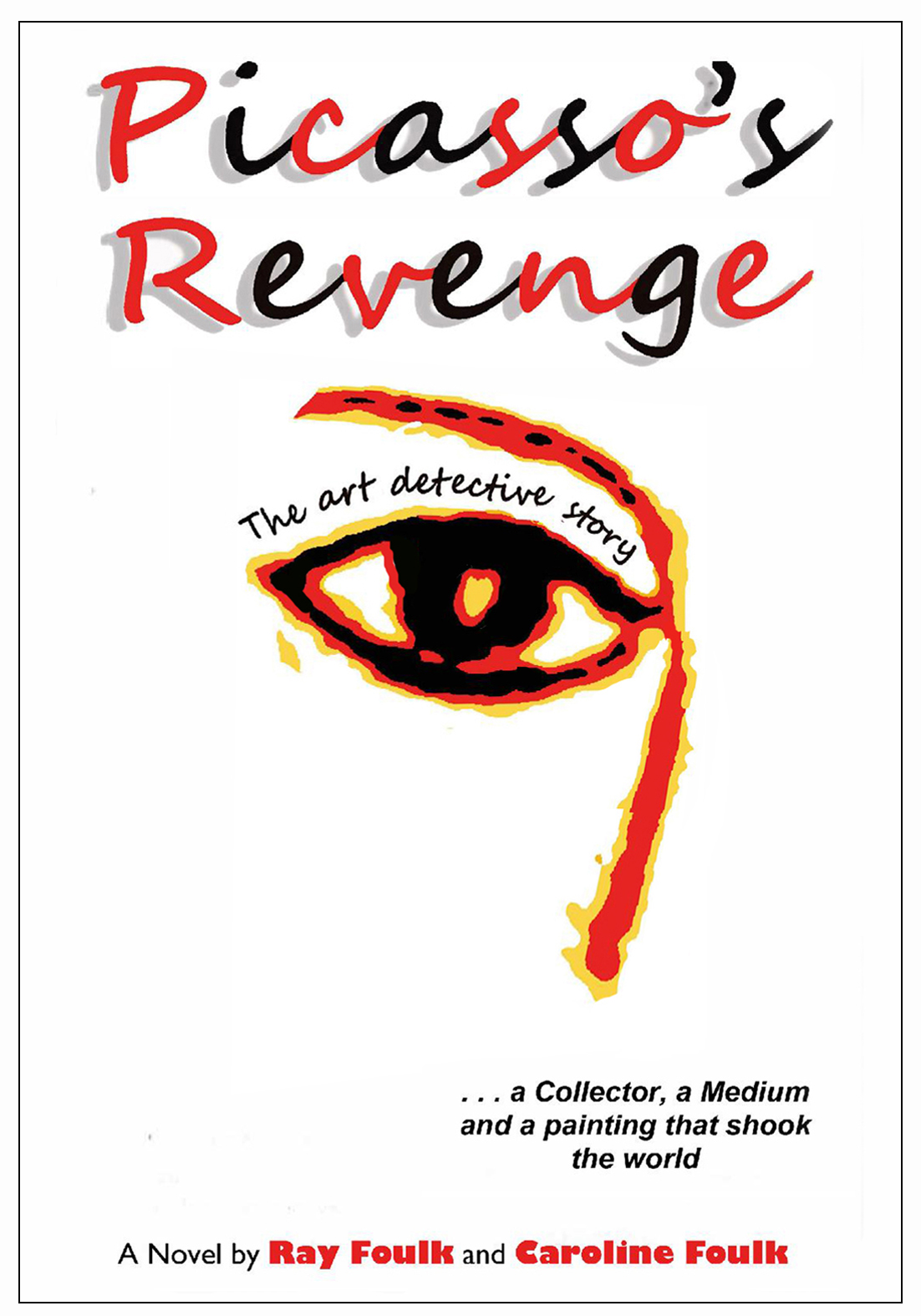Showing posts with label Gardens. Show all posts
Showing posts with label Gardens. Show all posts
Tuesday, March 21, 2017
King, Ross. Mad Enchantment: Claude Monet and the Painting of the Water Lilies.
Bloomsbury. 2016. c407p. illus. bibliog. appendix. index. ISBN 978-1-63286-012-5. $30.00. (hardback) ISBN 978-1-63286-013-2. $19.00. (paperback) ISBN 978-1-63286-014-9. $19.99. (ePub) ISBN 978-1-53666-713-4. $9.99 (audio MP3-CD). In this nicely-presented and generously-illustrated (58 black-and-white and 20 color reproductions) book, Canadian bestselling author and lecturer Ross King (Ph.D., English Literature, York University, Toronto, Canada) recounts the extraordinary story of how the French Impressionist painter Claude Monet (1840-1926) struggled during World War I to paint the series of water lily paintings that came to be known as the Grand Decoration. These paintings eventually were installed in the Orangerie Museum in Paris, France in 1927 shortly after the artist died. One of the world’s most beloved, best-known, wealthiest, and celebrated French painters during his lifetime and afterwards, Monet was an iconic figure in world culture. During the 1890s, Monet began to paint, the flowers, trees, and other objects in his garden in Giverny, France, but it was not until after the loss of his second wife Alice in 1911 and his eldest son Jean in 1914 that Monet returned to painting and began to again vigilantly paint motifs from his garden. Chronicling Monet’s paramount achievement during a period of personal loss, political upheaval, and cultural turmoil, King recounts the personal and historical dramas unfolding around the artist as he created his last, and some would say, greatest masterpiece. In addition to setting forth the details of Monet’s lavish lifestyle, tempestuous personality, and longstanding relationships with family members, friends, and others, including those pertaining to his friendship with George Clemenceau (1841-1929), France’s two-time prime minister, King also retells how Monet was affected by cataracts, self-doubts, advancing age, World War I, and more. Intimate and revealing, this well-documented and scholarly publication by an award-winning (2017 RBC Taylor Prize Winner; Los Angeles Times Book Prize finalist), bestselling author of literary nonfiction books about artists and their masterpieces significantly contributes to writings in the fields of art history and cultural history. It is very highly recommended for students, scholars, ambitious general readers, and others. It belongs in many large public, academic, and special library book collections. Review copy. Availability: Amazon.com
In this nicely-presented and generously-illustrated (58 black-and-white and 20 color reproductions) book, Canadian bestselling author and lecturer Ross King (Ph.D., English Literature, York University, Toronto, Canada) recounts the extraordinary story of how the French Impressionist painter Claude Monet (1840-1926) struggled during World War I to paint the series of water lily paintings that came to be known as the Grand Decoration. These paintings eventually were installed in the Orangerie Museum in Paris, France in 1927 shortly after the artist died. One of the world’s most beloved, best-known, wealthiest, and celebrated French painters during his lifetime and afterwards, Monet was an iconic figure in world culture. During the 1890s, Monet began to paint, the flowers, trees, and other objects in his garden in Giverny, France, but it was not until after the loss of his second wife Alice in 1911 and his eldest son Jean in 1914 that Monet returned to painting and began to again vigilantly paint motifs from his garden. Chronicling Monet’s paramount achievement during a period of personal loss, political upheaval, and cultural turmoil, King recounts the personal and historical dramas unfolding around the artist as he created his last, and some would say, greatest masterpiece. In addition to setting forth the details of Monet’s lavish lifestyle, tempestuous personality, and longstanding relationships with family members, friends, and others, including those pertaining to his friendship with George Clemenceau (1841-1929), France’s two-time prime minister, King also retells how Monet was affected by cataracts, self-doubts, advancing age, World War I, and more. Intimate and revealing, this well-documented and scholarly publication by an award-winning (2017 RBC Taylor Prize Winner; Los Angeles Times Book Prize finalist), bestselling author of literary nonfiction books about artists and their masterpieces significantly contributes to writings in the fields of art history and cultural history. It is very highly recommended for students, scholars, ambitious general readers, and others. It belongs in many large public, academic, and special library book collections. Review copy. Availability: Amazon.com , Barnes & Noble.com, Bloomsbury Publishing USA
, Barnes & Noble.com, Bloomsbury Publishing USA
Monday, November 12, 2012
Stevens, Ann and Kelly, Giles. Diplomatic Gardens of Washington.
Schiffer Publishing, Ltd.. 2012. c128p. illus. bibliog. ISBN 978-0-7643-3978-3. $34.99.
In this generously-illustrated (168 color images) publication, Stevens, a widely published photographer, and Kelly, a retired US diplomat and naval officer, take readers on an exclusive, armchair traveler’s tour of twelve embassy gardens in Washington, DC. In twelve chapters, each of which showcases a different garden, they cover the best- kept embassy gardens of Washington, which are rarely open to the public. Focusing on the Ambassadors’ gardens of Australia, Britain, Denmark, the European Union, France, the Federal Republic of Germany, the Apostolic Nunciature of the Holy See, Italy, the Republic of Korea, the Royal Netherlands, Norway, and Sweden, Stevens and Kelly provide historical facts about the properties, the Ambassadors’ residences, and chanceries. They detail the unique, cultural and diplomatic histories of the gardens, their designs, features, trees, and plants. Stevens and Kelly illustrate their text by means of color photographs, many of which are full-page and further document the features, trees, and plants of the gardens. Each chapter includes many photographs, with fourteen being the average. Visually engaging, artfully designed, thoughtfully written, and intuitively presented, based upon the organization of each garden within its embassy compound, this book may interest garden lovers, horticulturalists, students, scholars, professionals, and others. Including a one- page foreword by the Executive Director of the United States Botanic Garden, Holly H. Shimizu, a table of contents, photographic captions, and bibliography, it constitutes a sufficiently well-documented addition to the literature on gardens and garden history. As a basic resource on some of the diplomatic gardens of Washington, DC, it is highly recommended for many types of libraries, not limited to large public and special libraries. Review copy. Availability: Amazon.com, Barnes & Noble.com, Schiffer Publishing Ltd.
In this generously-illustrated (168 color images) publication, Stevens, a widely published photographer, and Kelly, a retired US diplomat and naval officer, take readers on an exclusive, armchair traveler’s tour of twelve embassy gardens in Washington, DC. In twelve chapters, each of which showcases a different garden, they cover the best- kept embassy gardens of Washington, which are rarely open to the public. Focusing on the Ambassadors’ gardens of Australia, Britain, Denmark, the European Union, France, the Federal Republic of Germany, the Apostolic Nunciature of the Holy See, Italy, the Republic of Korea, the Royal Netherlands, Norway, and Sweden, Stevens and Kelly provide historical facts about the properties, the Ambassadors’ residences, and chanceries. They detail the unique, cultural and diplomatic histories of the gardens, their designs, features, trees, and plants. Stevens and Kelly illustrate their text by means of color photographs, many of which are full-page and further document the features, trees, and plants of the gardens. Each chapter includes many photographs, with fourteen being the average. Visually engaging, artfully designed, thoughtfully written, and intuitively presented, based upon the organization of each garden within its embassy compound, this book may interest garden lovers, horticulturalists, students, scholars, professionals, and others. Including a one- page foreword by the Executive Director of the United States Botanic Garden, Holly H. Shimizu, a table of contents, photographic captions, and bibliography, it constitutes a sufficiently well-documented addition to the literature on gardens and garden history. As a basic resource on some of the diplomatic gardens of Washington, DC, it is highly recommended for many types of libraries, not limited to large public and special libraries. Review copy. Availability: Amazon.com, Barnes & Noble.com, Schiffer Publishing Ltd.
Sunday, November 6, 2011
Graham, Wade. American Eden: From Monticello to Central Park: What Our Gardens Tell Us About Who We Are.
HarperCollins. April 2011. c480p. bibliog.. illus. ISBN 978-0-06-158342-1. $35.00. Google eBook. $16.99. Kindle eBook. B004IWR37Y. $16.99.
In this publication, Graham (Bachelor of Arts, Comparative Literature, Columbia University; Master of Arts and Ph.D., U.S. History, University of California, Los Angeles; teacher of urban and environmental policy, School of Public Policy, Pepperdine University), a renown, Los Angeles- based garden designer, landscape architect, historian, writer, journalist, and environmental activist, presents a fascinating yet erudite history of American gardens. According to the author, for more than two hundred years, Americans have revealed themselves in their gardens, which have been rooted in time and place and have reflected our national spirit and concerns. To prove his thesis, Graham melds various methodological approaches, including biography, history, cultural commentary, literature, and horticultural studies, into a lengthy, discursive narrative, thereby resulting in a multivalent examination of American gardens and the people who have created them from the eighteenth century to the present. In seven chapters, Graham discusses what he considers to be the various types of American gardens in terms of broad historical categories: the Founding Gardens (1600-1826), parks and suburban gardens (1820-1890), Golden Age gardens (1880-1914), Arts and Crafts gardens (1850-1925), Californian gardens (1920-1960), post-modern gardens (1940s-2000), and contemporary gardens (2000- ). Within each era, he shows how the geometric and naturalistic aesthetic paradigms from the Renaissance and 18th century continued and were modified to suit the tastes of mostly wealthy and middle-class, American-born individuals, who sought to express themselves and their ideals through their gardens. Overall, Graham successfully distinguishes American gardens from their counterparts in other countries. While the author’s thesis that American gardens are unique yet reflective of various aesthetic, cultural, ethical, political, psychological, and social influences may not be entirely new, the original value of Graham’s text rests in its comprehensive, scholarly analysis of the subject and its vast, encyclopedic overview. Well-documented, with endnotes, a bibliography, and an index, this publication may need more reproductions (75 black-and-white reproductions and a 16- page color insert are included), to the extent that they further may illustrate and clarify the author’s main points for readers, who may get sidetracked by his approach. Enlightening, interesting, engaging, and accessibly-written, but not necessarily easy-to-follow, this foundational book, which serves as an intelligent guide to American gardens, will be of considerable interest to some garden lovers, students, scholars, professionals, and others. It is highly recommended for large public, academic, and special library collections. Uncorrected Proof. Availability: Amazon.com, Amazon Kindle eBook, Barnes & Noble.com,Google eBook
Monday, January 17, 2011
Toole, Robert M.. Landscape Gardens on the Hudson: a History.
Black Dome Press. 2010. c.192p. illus. bibliog.. index. ISBN 978-1-883789-68-8. $24.95.
In this generously- illustrated (over 140 reproductions) publication, Toole, a practicing landscape architect (1975- , private practice, Saratoga Springs, New York), who specializes in historic landscape study and restoration while also providing landscape design services on a variety of projects, retells for the first time the story of landscape gardening and architecture along the Hudson River during the “Romantic Age.” In fifteen chapters, each averaging eleven pages, Toole covers landscape gardening and architecture along the Hudson River from the end of the colonial era in the late eighteenth century until the last decades of the nineteenth century, a period during which American landscape gardening and architecture were born amidst the Nation’s quest to discover and sometimes assert its unique, cultural, political, and social identities amidst the natural resources and wonders of the American continent. In introductory chapters, the author sets forth the cultural, historical, and literary backgrounds as well as describes some early colonial gardens along the Hudson River, in order to distinguish them from later aesthetic and design components, influenced by but not limited to the Beautiful, Picturesque, and Gardenesque modes. Extensively referencing the writings and works of the landscape gardener Andrew Jackson Downing (1815- 1852) and the architect Alexander Jackson Davis (1803- 1892), both of whom figured prominently in the history of nineteenth- century landscape gardening, architecture, and design along the Hudson River and were notable for helping to establish the Picturesque mode of landscape gardening and architecture in the United States, he then examines specific Hudson River landscape gardens of the Romantic age, mainly focusing on those of Hyde Park, Montgomery Place, Blithewood, Sunnyside, Knoll (Lyndhurst), Millbrook, Kenwood, Locust Grove, Highland Gardens, Springside, Wilderstein, Idlewild, The Point, Wilderstein, and Olana. Not only does the author showcase the significant aspects of each garden’s design, layout, historic buildings, ornamentation, indigenous features, and plantings, but he also distinguishes each in terms of the various aesthetic ideals and influences that shaped its development. Including a list of illustrations, two appendices pertaining to visiting landscape gardens along the Hudson River and in England, endnotes, and a bibliographical essay, this publication is well-documented and thoughtfully- illustrated, with many historic images, not limited to ground plans, photographs, bird’s eye views, paintings, engravings, and other reproductions. Toole uses his own sketches and ground plans to further clarify and enhance the text, which is well- organized and fairly effectively written. Students, scholars, professionals, and some general readers interested in “touring” (Foreword by Elizabeth Barlow Rogers, p. vi) the showcased, historic gardens with Toole will be interested in reading this book. As the first comprehensive study of the Hudson River gardens of the Romantic age and their legacies, it constitutes an important, scholarly contribution to the study of garden history in the United States as well as a “feat of garden archaeology” (Foreword, p. vii), since many of the gardens do not exist any longer or are experienced in ways “at variance with the historic situation.” (p. 168). This publication is very highly recommended for large public, academic, and special library collections. Review copy. Availability: Amazon.com, Barnes & Noble.com
Subscribe to:
Posts (Atom)















